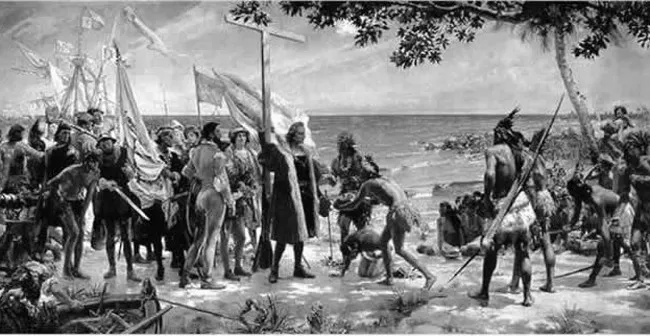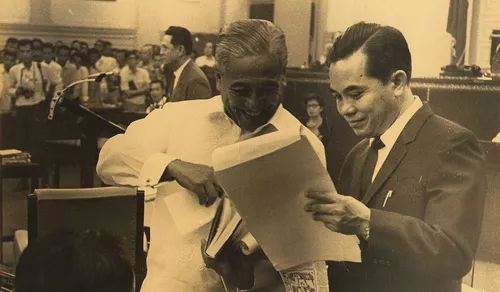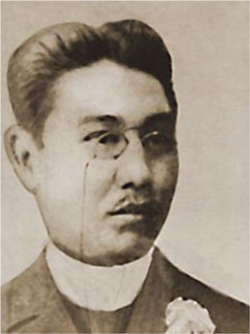
On June 25, 1950, the Korean War began when fighting erupted at the 38th Parallel. The Philippines would be the first Asian nation to send combat troops for the aid of South Korea (Republic of Korea). The legal framework for sending military personnel to the Korean Peninsula would be Republic Act No. 573, which was approved on September 7, 1950 during the administration of President Elpidio Quirino. This law created the Philippine Expeditionary Force to Korea (PEFTOK).
During the same month, the first PEFTOK contingent composed of around 1,400 troops were assembled at Rizal Memorial Stadium for a send-off rite attended by 60,000 people. By September 19, 1950, they arrived in Busan (Pusan), the last United Nations defense line.
Among the highlights of Filipino service in Korea would be the Battles of Yultong (Yuldong) and Imjin River (Solma-ri).
From April 22 to April 25, 1951, 900 Filipino troops organized under the 10th Battalion Combat Team (BCT) fought alongside United Nations (UN) forces to hold the line at Yultong (Yuldong) and Imjin River (Solma-ri) against thousands of Communist soldiers during the Chinese Spring Offensive of the Korean War, a concerted campaign by combined Chinese and North Korean troops aimed to break the UN forces and drive them out of Korea. During these battles, the Filipino side suffered 12 killed in action and 38 wounded, as against 501 casualties on the Communist side.
Initially ignoring orders to withdraw, Filipino troops, particularly the 70-strong Tank Company, were still counterattacking in hopes of recovering the bodies of their fellow soldiers killed or wounded in action. Although unsuccessful in their later rescue of the British Gloucestershire Regiment (1st Glosters) at Hill 235, the outcome of the said battles managed to delay the Chinese-North Korean offensive in this sector. Had the UN line collapsed in the initial Communist breakthrough, it was argued they would have had better chances for their campaign to recapture Seoul by May 1951.
Among those lost in the battlefield were BCT officers Captain Conrado Yap and Lieutenant Jose Artiaga. Yap was posthumously awarded the Philippine Medal of Valor and the U.S. Distinguished Service Cross, while Artiaga was posthumously awarded the Philippine Distinguished Conduct Star. After these engagements, the 10th BCT would be transferred to the Han River. By May 1951, they would have lost around half of their original strength. Of the 1,367 Filipino soldiers who arrived in Korea, 150 have been killed, 182 wounded or missing, another 182 declared physically unfit for combat, and 104 sent home after being wounded. They would eventually be relieved by the 20th BCT in August 1951.
Meanwhile, according to Korea's Ministry of Patriots and Veterans Affairs (MPVA), 112 Filipino soldiers were killed, 288 were wounded, 16 went missing in action, and 41 became prisoners of war out of the total 7,420 troops sent during the course of the Korean War. Republic Act No. 1886, approved on June 22, 1957 during the administration of President Carlos P. Garcia, extended educational benefits to Filipino veterans of Korean War.
As of 2019, over 2 million Koreans visit the Philippines, while half a million Filipinos go to South Korea.




